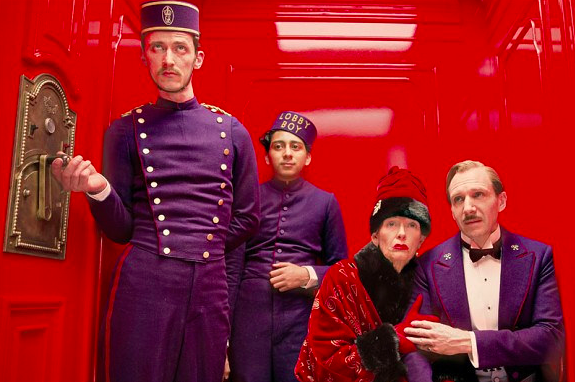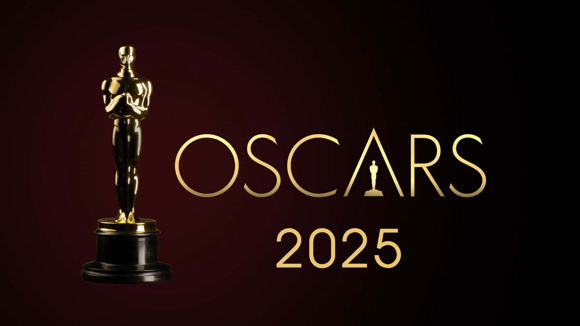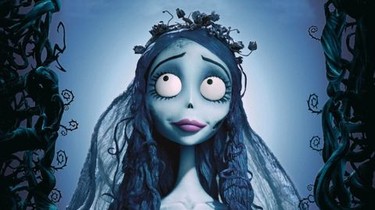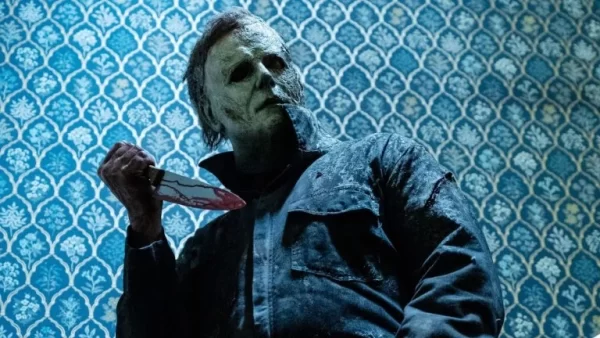Experience the magic of a Wes Anderson film

Photo by Ann Giles
The announcement of Wes Anderson’s upcoming film, “The Grand Budapest Hotel,” brings with it a promise of excellence and beauty that is typical in his pieces of cinema. Within the intricate and delicate worlds that are created through Anderson’s films, he shows in detail: portraits of families, brothers, sisters, friends and relationships.
Wes Anderson is an acclaimed director for his gorgeous attention to detail and life through the lens of a camera. He is a major art-house name in Hollywood that rose to prominence from The University of Texas at Austin with a small indie film. Since, Anderson has become one of the most renowned directors in terms of style, cinematography, themes and plot, and he is only set to exceed his own standards with the beautiful work he has been producing.
One of the most important scenes in his third film, “The Royal Tenenbaums” is for character development, and in terms of cinematic styles, the first interaction between Richie and Margot Tenenbaum. The entire scene is built up around the tension and loss of tension within the few moments Richie and Margot make eye contact with each other after a long time apart. When Richie takes his seat, we see a green-line bus park in a line of other buses, with a wide angled fisheye shot, and then everything changes into slow motion. Margot steps off the bus in a medium close up so that we can only see her shoulder and her hair as it wisps about in the wind next to her face while the audience can see a genuine smile from her for the first time in the film. This is interposed with shots of Richie’s face as she slowly starts to walk towards him. The relief is evident on his face as he sees her for what must feel like the first time.
The scene continues in slow motion and a medium wide shot of Richie that slowly zooms in to his face, mimicking Margot’s walking. This brings the film into detail as one of the most beautiful and intimate scenes supporting the importance of Wes Anderson. The way that the two look at each other in this scene, the acting and the camera work come together to tell a story with no words for most of the scene. There is a slow panning shot upwards as the camera moves to catch the moment of love between Anderson’s characters as they finally reunite.
The way the camera moves and pans is completely Wes Anderson’s style alone. There are reverse shots as the characters discuss between themselves, in no words except for Margot’s lines and the emotions that they both felt in the absence of each other’s company.
In addition, this carries on in “Moonrise Kingdom” with style, plot, and character development. His style was undoubtedly something fresh and new in the cinematic universe. Thus, the build-up surrounding his new film, “The Grand Budapest Hotel,” is due to his spotlight with “Moonrise Kingdom,” his film style and his world building camera angles and character development that he had used so well in “The Royal Tenenbaums.”
Anderson proves that he is willing to make films with different story lines and not have quite as repetitive plot structures like those of “Bottle Rocket,” “Rushmore,” and “The Royal Tenenbaums.” Anderson has succeeded before with “Moonrise Kingdom” which truly epitomizes Wes Anderson in its styling. Anderson is able to completely uproot the standard story arc that he favored and allow his other ideas to flow through.
Wes Anderson’s pieces of art all lead to the fact that he is a director that everyone should watch to better appreciate the magic of his films. For this reason, with the brand new “The Grand Budapest Hotel,” we should look forward to a new level of depth to character’s back stories and reasoning behind their interactions and how they develop relationships.
James Davis can be contacted at: [email protected]





